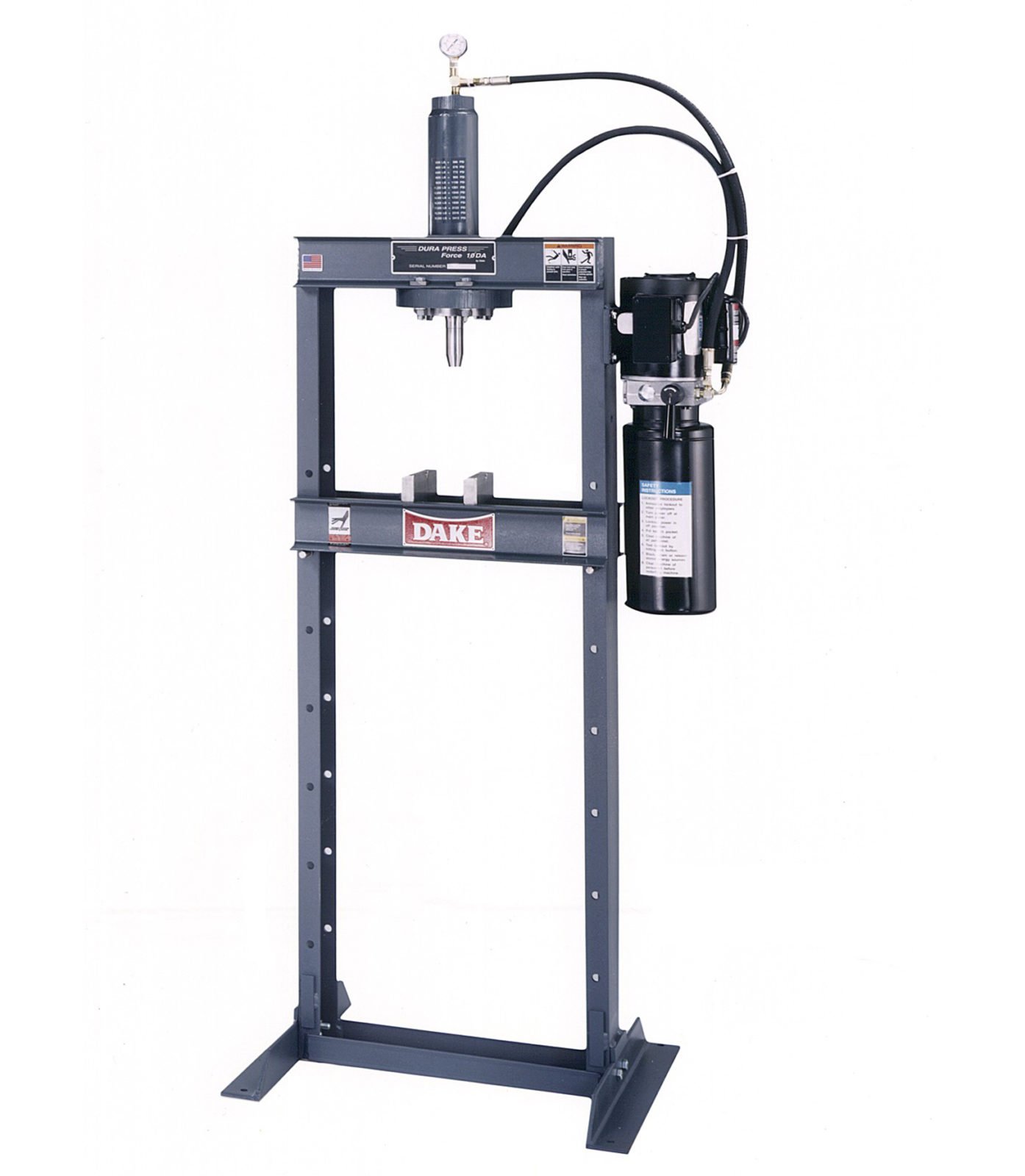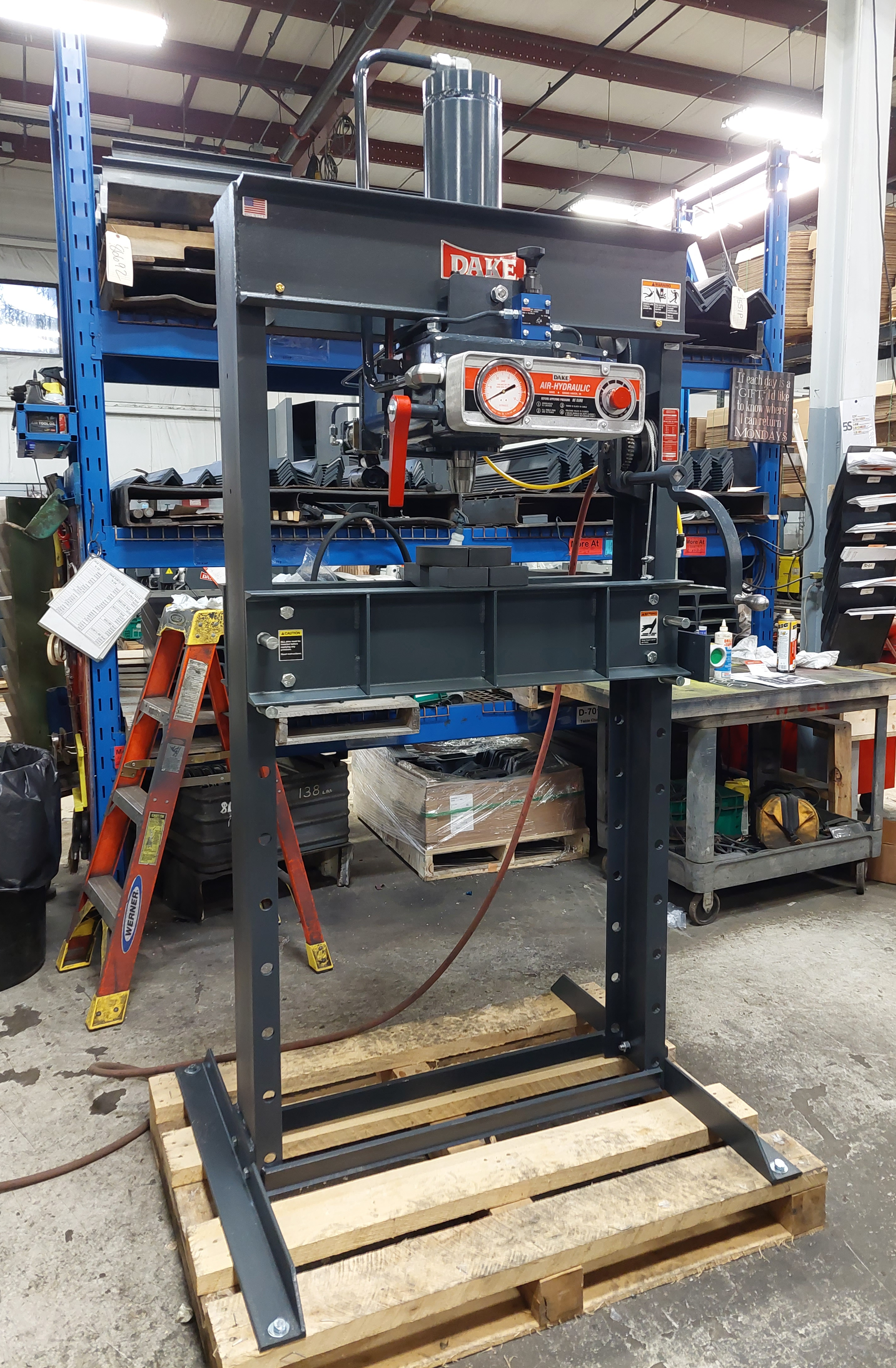Here is a scenario: You own a metalworking shop, and, of course, your vertical bandsaw is set up for cutting metal. In the middle of a "hot" job, you realize you're going to need a few pieces of wood to make a small shipping crate.
Question: How much, if any, harm will you do if you cut the wood using the blade that was specifically engineered to cut metal?
Answer: Probably none.
Bandsaws are known for their versatility
Anybody who has felt the heavy weight of a time crunch during a rush job knows you sometimes need to bend a few rules. And as long as they aren't safety rules, you do what needs to be done to get the work out on time without sacrificing quality.
In a perfect world, which seldom exists in a metalworking shop, you would change to a blade that has fewer teeth per inch and take the time to increase the RPMs. But when the customer calls for an update every half hour, those formalities go out the window. You cut the wood for the crate and keep moving forward.
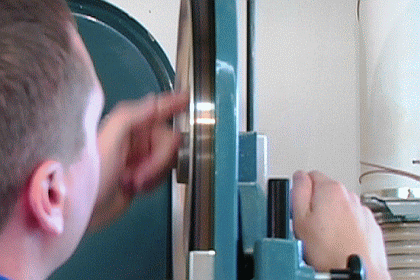
Changing a bandsaw blade can be a time-consuming task (Photo Credit: eReplacementParts)
What are the repercussions for using a metal saw and the "wrong" blade?
A metal cutting bandsaw is typically built more solidly than a saw designed for cutting wood, so there are no issues with the machine itself. As for the blade, the wood fibers could clog the metal blade's teeth more quickly, and the blade will probably cut through the wood more slowly.
That's because saw blades made for metal have finer and sharper-cut teeth to direct the same force of each stroke into a shallower area of the harder material. The metal's finer particles will easily fall free of the blade, while the bigger wood particles might not.
What are the ideal conditions for cutting wood on a metal saw?
While cutting wood on a metal bandsaw is perfectly fine, you should switch over to a 6TPI blade if you have the time or anticipate cutting a lot of wood. And if it's treated wood you'll be cutting, be sure to clean and wipe down the machine and apply a coat of WD-40 to prevent rusting.
Depending on the type of work you are doing, it might pay to dedicate another metal saw for cutting wood. For instance, metal patternmakers who supply wood gating with their patterns could be using the saw frequently and switch back to a metal blade for extra productivity whenever wood gating isn't required. Or you could purchase a unique bandsaw that cuts both metal and wood!
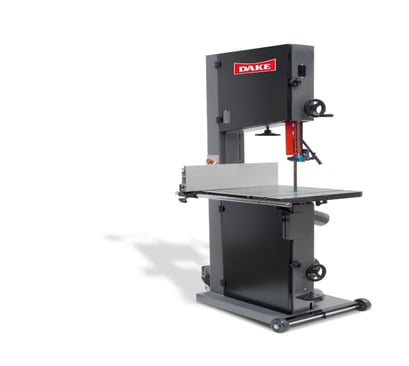
Dake's Metal and Wood Vertical Bandsaw
Need to cut wood and metal on the same bandsaw? Dake has the solution!
Dake's Model VDL-18 is a versatile entry in their lineup of quality saws. It can cut multiple materials, including metal and wood. And while you're at it, check out the other various styles of Dake horizontal and vertical bandsaws. If you have questions, fill out our contact form, call us at 1-800-937-3253, or email us.
-1.jpg?width=1200&height=525&name=DAKE003_%20Logos_Red%20(002)-1.jpg)
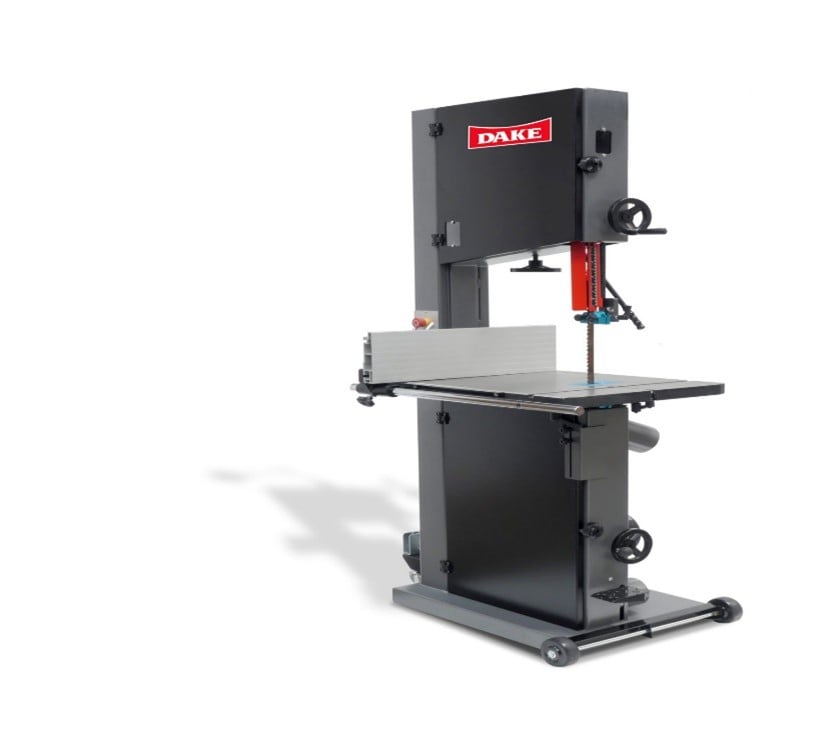
.jpg)
